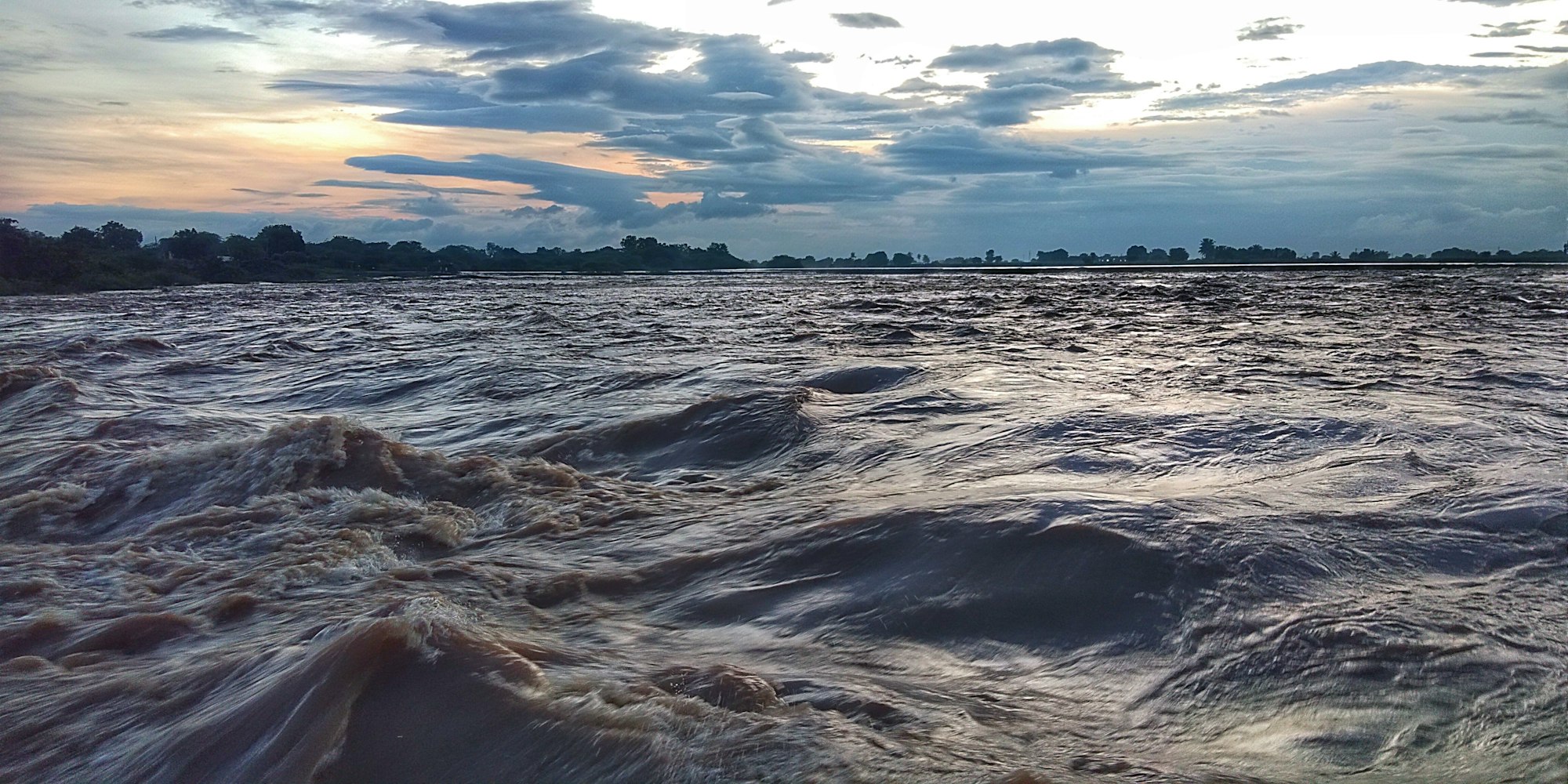Developing real estate in flood-prone areas like the flood plains in England brings a unique set of challenges. These areas are often attractive for development due to their flatness and proximity to rivers, but they also carry a high risk of flooding. This reality has necessitated a careful balance between development and preserving the natural environment to mitigate the risk of flooding. This article discusses the challenges in developing real estate in such areas and the strategies employed to manage these challenges.
Assessing the Flood Risk
Before you begin to build in England’s flood plains, you must first assess the flood risk. This process involves studying local rainfall patterns, river flows, and historic flood data. The study is crucial to understanding the likelihood and severity of potential floods.
A voir aussi : How to Design Child-Friendly Indoor Spaces in Urban Residential Complexes?
Most areas in England have experienced a change in weather patterns over the years due to climate change. Instances of high rainfall and subsequent flooding have become more frequent than they used to be a year ago. These climatic changes have made it necessary to undertake a thorough assessment of the flood risk before any building development can take place.
Moreover, the local topography plays a critical role in flood risk assessment. Land near rivers is naturally at a higher risk of flooding. For instance, a piece of land that appears to be well-drained during a dry spell could easily turn into a flood zone during heavy rainfall. Therefore, any development planning in such areas should take into account the local topography and the likelihood of flooding.
Cela peut vous intéresser : What Are the Risk Management Strategies for UK Real Estate Investments in Post-Brexit Scenario?
Navigating Planning and Building Regulations
Planning and building regulations present another hurdle to property development in flood-prone areas. Local authorities in England are very rigorous in enforcing these regulations due to the high risks associated with flooding.
In areas with a high flood risk, developers are required to build properties that are resilient to flooding. These houses are built with materials that resist water damage and are designed to allow quick and easy clean-up after a flood. Furthermore, building regulations may dictate that homes be elevated or built on stilts to keep the living areas above the flood level.
Planning regulations, on the other hand, aim to prevent development in high-risk flood areas. Local authorities will only approve development plans if they are convinced that the risk of flooding has been adequately addressed and that the development will not increase the flood risk elsewhere.
Managing Insurance and Financial Risks
Insurance is a significant consideration for properties built in flood-prone areas. In England, flood insurance is often expensive and sometimes difficult to obtain for properties in high-risk areas. This issue can make it challenging to sell homes and may even affect the property’s resale value.
Homeowners in flood-prone areas may also find it more difficult to secure mortgages. Most lenders require flood insurance for properties in high-risk areas, and the added cost can make it harder for potential buyers to afford the home.
Developers, therefore, need to consider these financial implications before embarking on any development. It’s also critical for them to communicate these risks to potential buyers to avoid future disputes or legal issues.
Balancing Development and Environmental Considerations
Another critical challenge that developers face is balancing the need for development with the need to preserve the environment. Flood plains play a crucial role in the natural water cycle. They act as natural flood defenses by absorbing excess water during high rainfall periods.
As a result, overdevelopment of these areas can change the natural water flow patterns and increase the risk of flooding. Developers, therefore, need to design their projects in a way that minimizes environmental impact. For instance, they can incorporate green spaces into their development plans to help absorb excess rainwater.
Adapting to Future Changes
Finally, developers must also consider future changes and uncertainties. Climate change is causing more frequent and severe flooding in many parts of England. This trend is expected to continue in the coming years.
Therefore, developers need to build properties that can withstand these changes. This adaptation might mean building homes that can resist more severe flooding or developing in areas that are less likely to be affected by future climate change.
These challenges make developing real estate in flood plains a complex task. It requires careful planning, understanding of the local environmental conditions, and adherence to regulations. Despite these hurdles, successful development is possible, provided that the risks are well managed and mitigated.
The Role of Local Authorities and the Environment Agency
Local authorities and the Environment Agency play vital roles in managing flood risk and regulating real estate development in England’s flood plains. They enforce planning and building regulations, manage flood defences, and provide guidance on flood risk assessment.
Understanding the flood risk is crucial when planning to build homes in areas of risk. To this effect, the Environment Agency provides flood risk maps and historic flood data, which are invaluable resources for developers. These maps indicate areas prone to river or sea flooding and areas subject to surface water flooding.
However, the Environment Agency’s maps do not capture all areas at risk of flooding, particularly those at risk from small watercourses or surface water. Therefore, developers need to conduct more detailed flood risk assessments to get a clearer picture of the flood risk.
Local authorities, on the other hand, review and approve development plans. They will only approve plans if they are satisfied that the risk of flooding has been adequately addressed and that the development will not increase the risk of flooding elsewhere. To ensure this, they require developers to submit a flood risk assessment along with their development plans.
Local authorities also ensure that new developments do not hinder the operation and maintenance of existing flood defences. Moreover, they require developers to contribute to the cost of improving flood defences where necessary. This requirement ensures that developments do not exacerbate flood risk and that the cost of managing the flood risk is shared fairly.
Long Term Implications and Conclusion
Developing real estate in England’s flood plains requires a long term perspective. Given the increasing frequency and severity of flooding due to climate change, developers must consider the long term viability of their projects.
Homes built in high-risk areas must be designed and constructed to resist flooding over their lifespan. They must also be adaptable to future changes in climate and flood risk. For instance, they may need to be retrofitted with flood-resilient measures such as flood doors and air brick covers.
Furthermore, developers must consider the long term financial implications. The high cost of flood insurance and the potential difficulty in selling homes in high-risk areas can affect the profitability of their projects in the long term.
In conclusion, developing real estate in UK flood plains presents numerous challenges. From assessing the flood risk and navigating planning and building regulations, to managing insurance and financial risks, and balancing development with environmental considerations, the task is complex. However, with careful planning, knowledge of local environmental conditions, and compliance with regulations, successful development is possible.
Developers must engage with local authorities and the Environment Agency, conduct detailed flood risk assessments, design and build homes that are resilient to flooding, and consider the long term implications of their projects. By doing so, they can contribute to creating sustainable communities that are resilient to the challenges posed by climate change and flooding.











